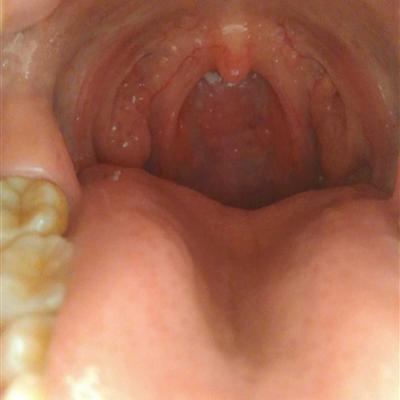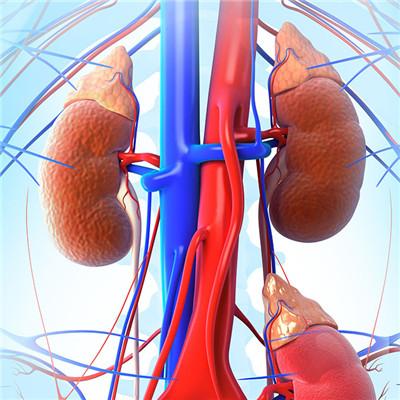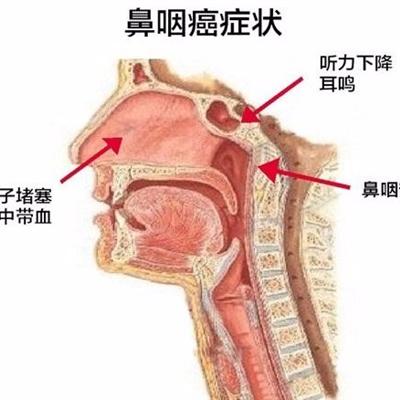Early symptoms of ketonuria poisoning?
summary
Urinary ketone poisoning mainly occurs in type 1 diabetes. For some children with type 1 diabetes, it can be misdiagnosed as acute infection or acute abdomen. The onset of type 2 diabetes is hidden, and may not be diagnosed for many years after the disease. The incidence of diabetic ketoacidosis is relatively small. Early symptoms of ketonuria poisoning? Now let me tell you something.
Early symptoms of ketonuria poisoning?
In the compensatory stage of diabetic ketoacidosis, the symptoms of diabetes, such as polyuria and thirst, were aggravated, and the weight was reduced; With the progress of diabetic ketoacidosis, there are gradually loss of appetite, nausea, vomiting, and even inability to eat. A small number of patients, especially children with type 1 diabetes, may have extensive acute abdominal pain, accompanied by abdominal muscle tension and weakened bowel sounds, which are easily misdiagnosed as acute abdomen.
Acidosis and ketone odor, also known as Kussmaul respiration, are characterized by increased respiratory rate and deep breathing, which are caused by acidosis. When blood pH < 7.2, they may appear to facilitate acid excretion; When the blood pH is less than 7.0, the respiratory center will be inhibited and respiratory paralysis will occur. In severe diabetic ketoacidosis, some patients may have ketone odor similar to rotten apple in their breath.
Dehydration and / or shock patients with moderate to severe diabetic ketoacidosis often have dehydration symptoms and signs. Hyperglycemia leads to a large amount of osmotic diuresis. When acidosis occurs, a large amount of Na in extracellular fluid is discharged, which aggravates dehydration. When the amount of dehydrated water reaches 5% of body weight, the patient may have signs of dehydration, such as dry skin, lack of elasticity, eye and cheek depression, low intraocular pressure, dry and red tongue. If the amount of dehydrated water exceeds 15% of body weight, circulatory failure may occur. Symptoms include increased heart rate, weak pulse, decreased blood pressure and body temperature, etc. in severe cases, life-threatening.
matters needing attention
In life, we need to pay attention to all aspects to prevent the occurrence of such incidents, especially this kind of sympathetic acidosis. We need to pay great attention to reduce poisoning as much as possible, which is a necessary condition to promote health.











